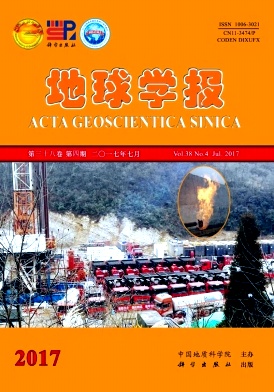WANG Fang-fang, HOU Guang-liang, HOU Xiao-qing, WANG Qing-bo. Researches on Climate Parameters for Quantitative Reconstruction Based on Surface Pollen in the Tibetan Plateau[J]. Acta Geoscientica Sinica, 2017, (4): 529-536. doi: 10.3975/cagsb.2017.04.10
| Citation: |
WANG Fang-fang, HOU Guang-liang, HOU Xiao-qing, WANG Qing-bo. Researches on Climate Parameters for Quantitative Reconstruction Based on Surface Pollen in the Tibetan Plateau[J]. Acta Geoscientica Sinica, 2017, (4): 529-536. doi: 10.3975/cagsb.2017.04.10
|
Researches on Climate Parameters for Quantitative Reconstruction Based on Surface Pollen in the Tibetan Plateau
-
Abstract
The pollen has important value in palaeoevirormental research, especially in the field of paleoclimate reconstruction, because it can qualitatively restore paleovegetation type and reconstruct the climate rhythms. In addition, it is the most common, reliable and mature environmental substitute index in the paleoclimate research. Modern Analogue Technique has extensive applicability and is one of the methods for studying the relationship between surface pollen and climate. In this paper, the authors selected 495 surface pollen spectra in the Tibetan Plateau and its adjacent areas as well as the measurement data obtained by meteorological stations. Then, the authors calculated the Pearson's correlation coefficients between the observed values from the meteorological stations and the reconstructed values by using the Polygon software. The results indicate that the annual average precipitation had the highest correlation (r=0.894), followed by relative humidity (r=0.863) and annual average evaporation (r=0.801), with the lowest being aridity index (r=0.18). Therefore, the annual average precipitation has the higher credibility; and the relative humidity and the annual average evaporation have certain credibility in paleoclimate reconstruction. The authors calculated the relationship between the 11 pollen taxa and the annual average precipitation, and then chose the pollen taxas with better correlation coefficient to establish the pollen-climate model between the pollen assemblages and the annual average precipitation so as to reconstruct the paleoclimate change in this region.
-

-
-
Access History







 DownLoad:
DownLoad: